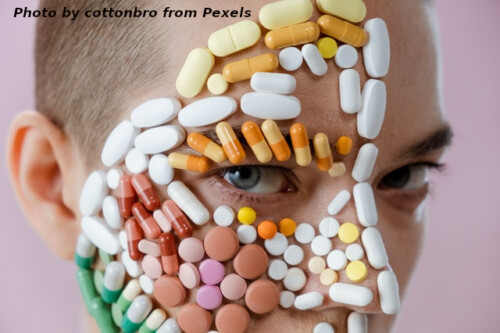2022-11-30
Co-occurring disorders and Addiction
By Erica Weiman
The National Institute on Drug Abuse reports that nearly 50 percent of people who have a substance use disorder also have a co-occurring mental health disorder. Additionally, 40 percent of people with depression or anxiety also have a substance use disorder. This can make it harder to recover from one condition without also addressing the other.
When faced with a major event, such as the loss of a loved one, divorce, unemployment, or anxiety, people can turn to self-medication as a way of dealing with the situation. Drugs and alcohol can help to relieve emotional pain, but this is only a temporary solution, and the feelings will return once the substance wears off, often with a greater intensity.
When someone has a co-occurring disorder, and substance use disorder, it is important that they receive treatment to address both. It’s crucial to identify the underlying problem and heal the whole person instead of only managing the symptoms of a deeper issue.
Some symptoms of Co-Occurring Disorders and substance abuse can be: Extreme feelings of sadness, changes in eating and sleeping habits, thoughts of suicide, extreme mood swings, intense and long-lasting irritability or anger, isolating from friends and family, suffering from physical problems, strong drug cravings, spending a lot of time seeking out or using drugs, giving up other activities in order to use drugs or being unable to meet responsibilities because of substance use.
Those struggling with a drug or alcohol use disorder also commonly face, generalized anxiety disorder, ADHD, depression, PTSD, bipolar disorder, panic disorder
You may be more aware of alcohol abuse than depression, but you may not realize that the two are often linked. Depression and substance abuse often co-occur, with one condition leading to the other. While having a drink or two with friends may seem harmless, abused individuals may be unaware of the extent of their use or misuse, despite the lack of a physical dependence.
What to Expect During the Treatment Process
The first step to treating co-occurring disorders is diagnosis. This can be done by a physician who recognizes one of the conditions. They will then determine whether or not a dual diagnosis is necessary by examining additional behavioral and mental factors. Each person’s treatment plan varies depending upon their unique needs
Living with a dual diagnosis can be challenging, but it is not impossible. With support, you can find a way to manage both conditions and lead a healthier life.
Author bio: Erica Weiman graduated from Pace University in 2014 with a master’s in Publishing and has been writing and editing ever since. She has written and edited content across many niches, including psychology and mental health, health and wellness, food, technology, and workplace culture.

